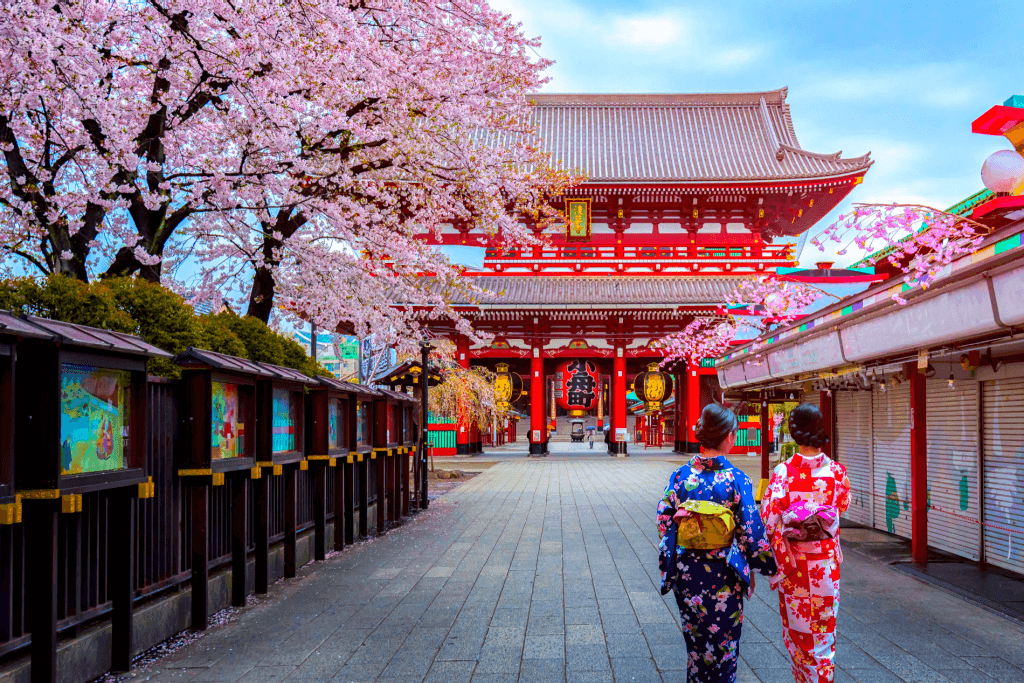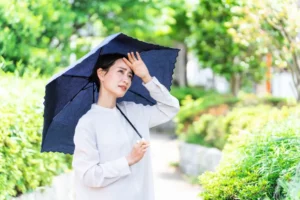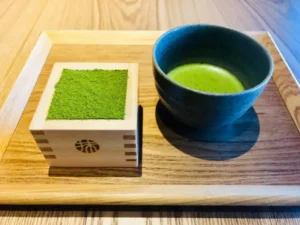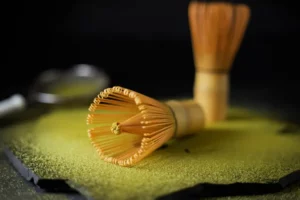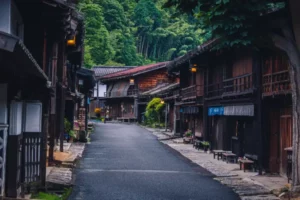In Japan, the cherry blossom tree and its flowers signify spring. These blossoms bring luck and love but also reflect the reminder of life’s fragility due to their brief bloom. You can see the influence of the sakura everywhere, especially in the Japanese language. For this vocabulary workshop, let’s explore words and customs related to cherry blossoms!
Table of Contents
ToggleSakura
Sakura, as we all know, translates to “cherry blossom.” But in reality, the name comes from the word “saku,” meaning “to bloom” or “smile.” How can someone not smile when they see these stunning flowers?
Instead of producing fruit like other trees, this tree only has ornamental flowers. They go from dark pink to light rose in color. The fact that the sakura of Japan only blooms for a couple of weeks makes them so unique. As a result, they best exemplify the proverb, “absence makes the heart grow fonder.”
Hanami
Hanami (flower viewing) consists of the kanji for “flowers” and “watching”; it is a picnic below cherry blossom trees. A picnic under cherry blossom trees is what best describes hanami. People enjoying the cherry blossoms while eating and drinking with family, friends, or coworkers is seen in most parks around Japan during the sakura season.
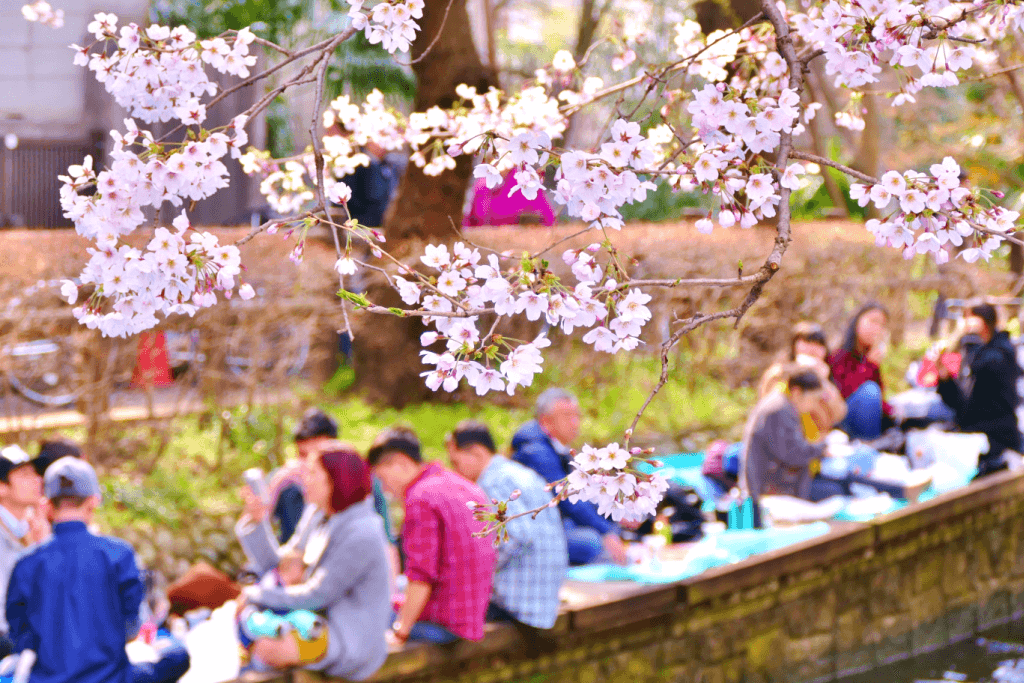
If you want to see some of Japan’s best sakura spots, we advise you to arrive early in the morning, as popular parks and cherry blossom viewing locations are especially busy. The most popular places in Tokyo to have a hanami picnic include Yoyogi, Ueno and Inokashira Park (Kichijoji).
Hanafubuki
If you’ve ever been to a cherry blossom field, you’ll be familiar with that special moment when the wind blows and the flower petals gently float in the air. This phenomenon is known as sakura-fubuki (cherry blossom snowfall).

To describe the moments when, after reaching full bloom, cherry blossom petals fall from the branches and are carried in a breeze, looking like snowflakes. Hanafubuki is a common motif in Japanese entertainment, especially TV dramas.
Sakura zensen
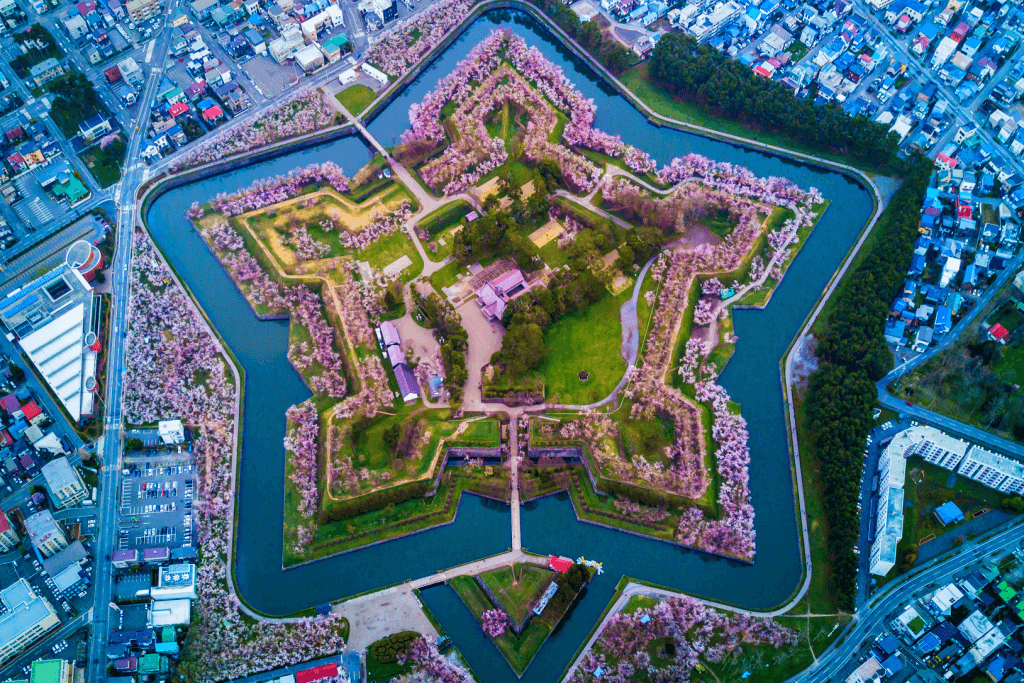
The Japan Meteorological Agency issues a sakura forecast every year, referring to the ‘front’ of cherry blossoms that moves up Japan, beginning in Kyushu and ending in Hokkaido. Locals look forward to watching this forecast to discover when the flowers will start in their region.
Hana yori dango
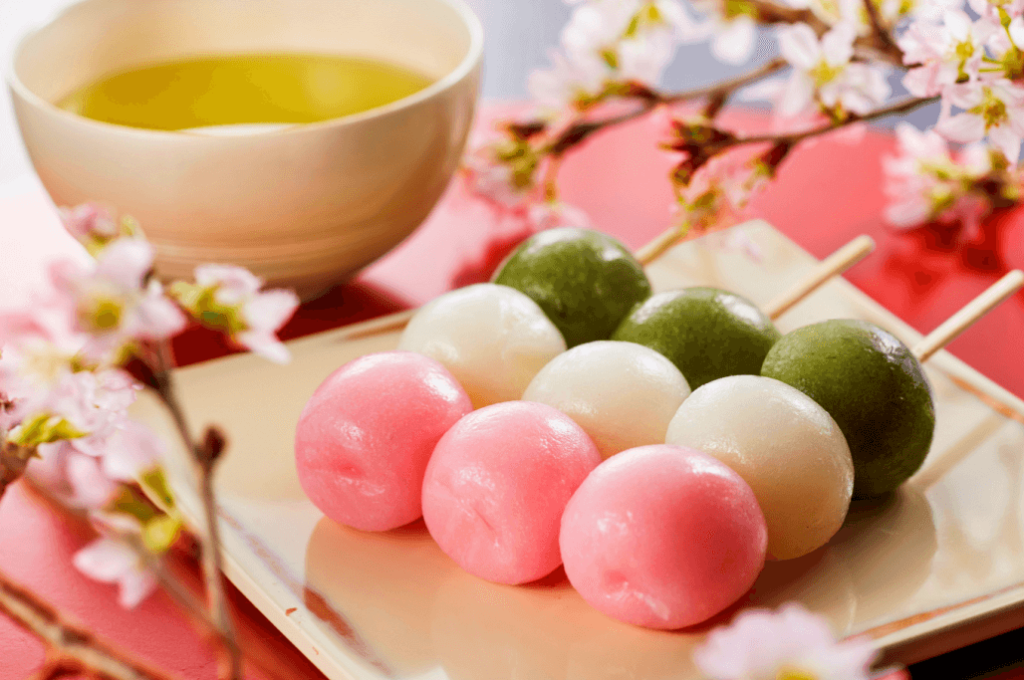
“Hana yori dango” means that substance is more important than style. It’s a playful remark that, at hanami gatherings, guests are frequently more interested in the refreshments than the flowers themselves. Not to mention, there’s plenty of hanami dango to enjoy while you’re there!
Sakuragari
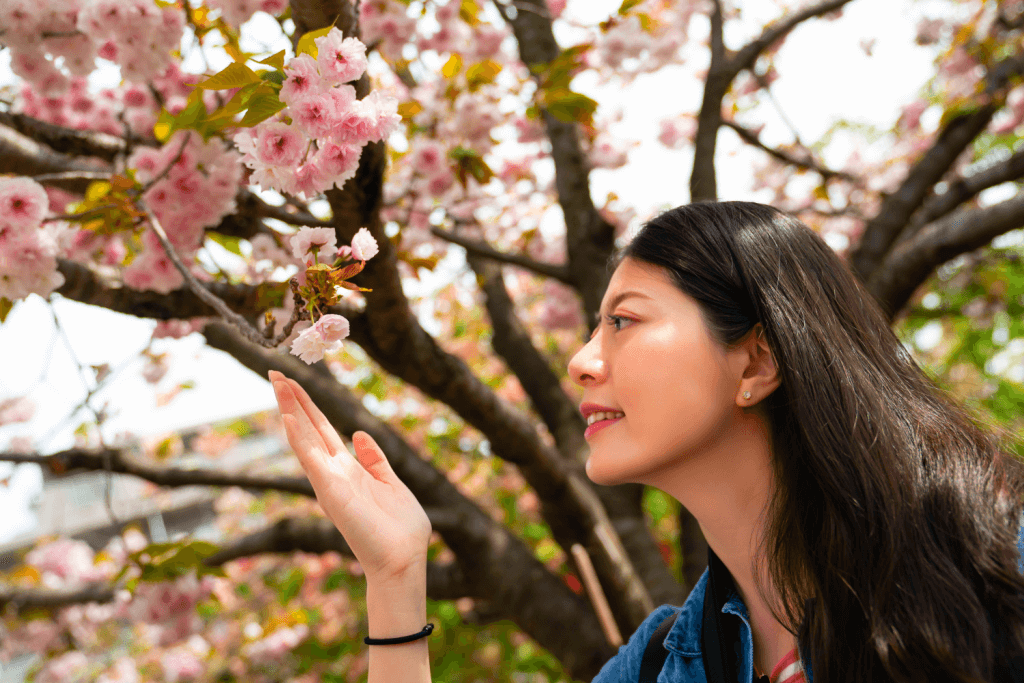
People who go on a journey to appreciate the beauty of Japan’s cherry blossoms in the springtime are known as sakuragari. This activity involves traveling from place to place to experience the magnificence of the blooms.
Looking to enjoy sakura-inspired treats without leaving your home? Check out Sakuraco! Sakuraco delivers traditional Japanese snacks, teas, sweets, and snacks from local Japanese makers directly to your door so you can enjoy the latest treats from Japan!
Hanagasumi
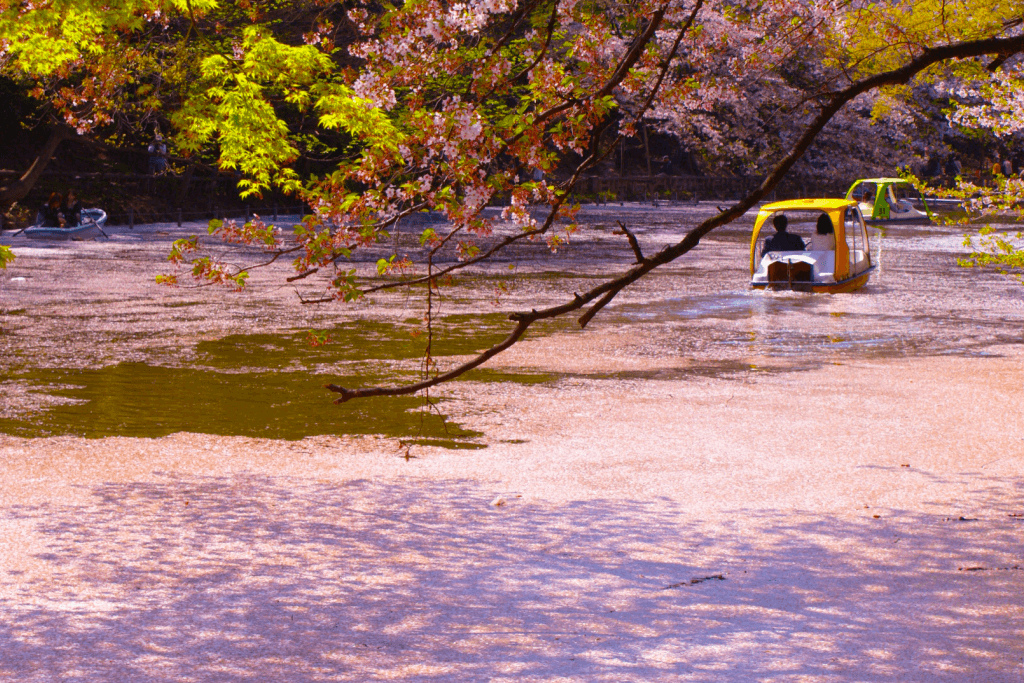
Hanagasumi (flower haze) occurs when many cherry blossom trees bloom in a row, creating a flower haze, or blurry vision, with its pink and white petals. This vocabulary workshop term describes the delicate white cherry blossoms. As these trees often cling to the riverbanks in the early morning, these white petals look like mist across the horizon.
Asazakura
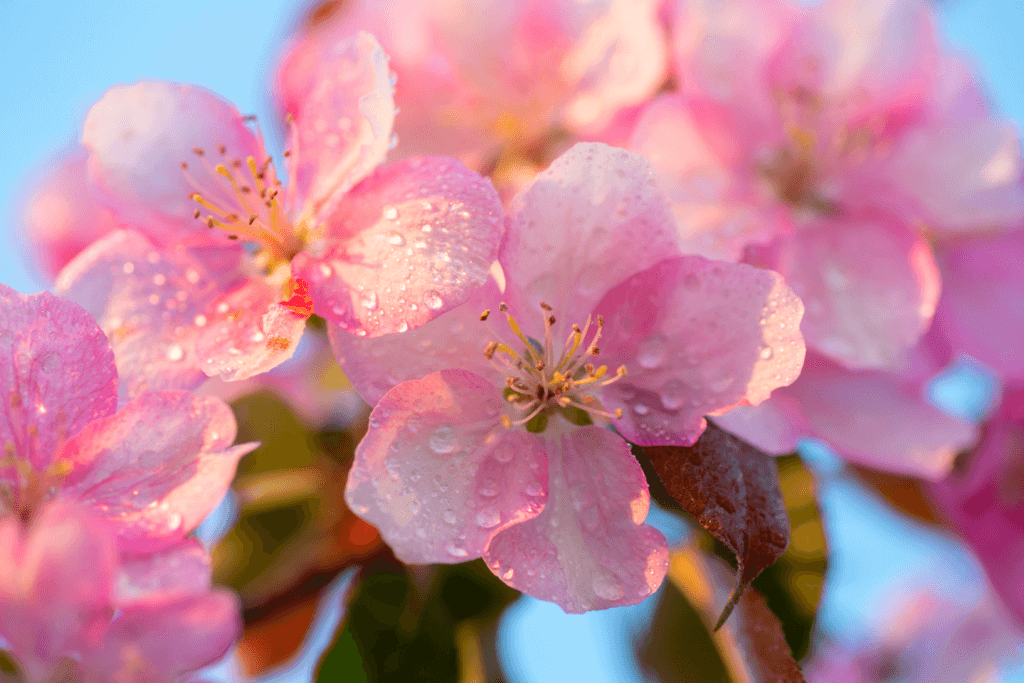
Asazakura is an awe-inspiring sight for those who love cherry blossoms – the petals are covered in morning dew, making them sparkle in the early morning sun. Walking shortly after sunrise offers an enchanting view of the sakura flowers in the soft light.
Sakurabito
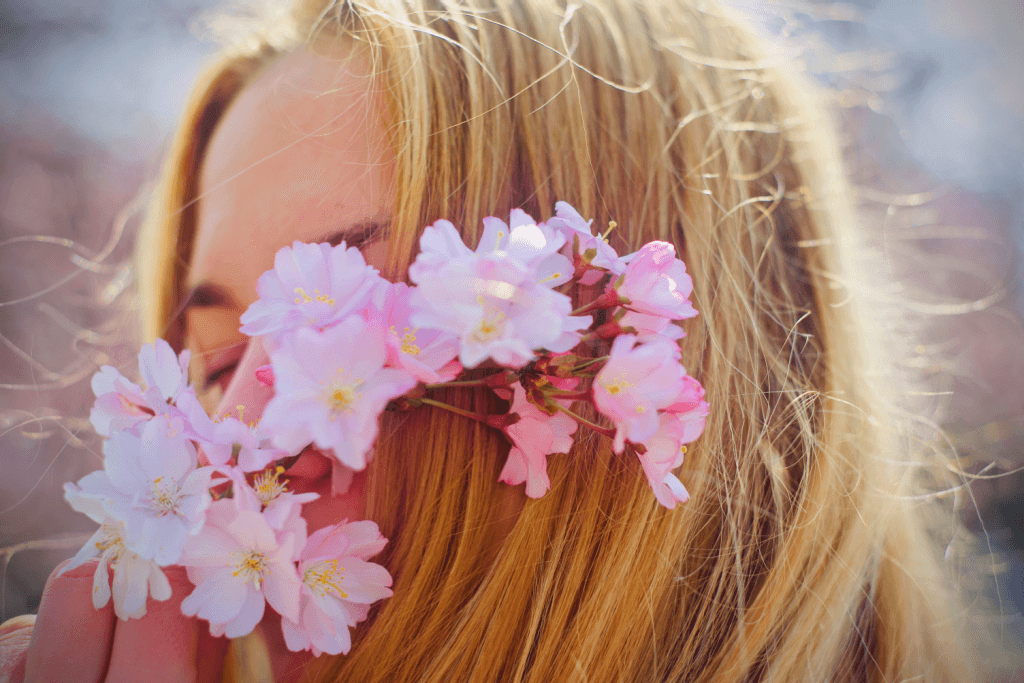
Sakurabito (sakura person) addresses a person who is a die-hard fan of sakura and hanami celebrations. They usually anticipate the cherry blossom season months before it starts and make elaborate plans accordingly. While most people appreciate the beautiful spring flowers more casually, the sakurabito takes them to the next level–just like the final word in this vocabulary workshop.
Mikkamisumanosakura
This highly descriptive and poetic Japanese term means that change occurs suddenly and intensely, much like how a sakura tree shifts from being in full bloom to being scattered briefly. Mikkamisumanosakura is also an excellent metaphor for fleeting life that we should treasure for as long as possible.
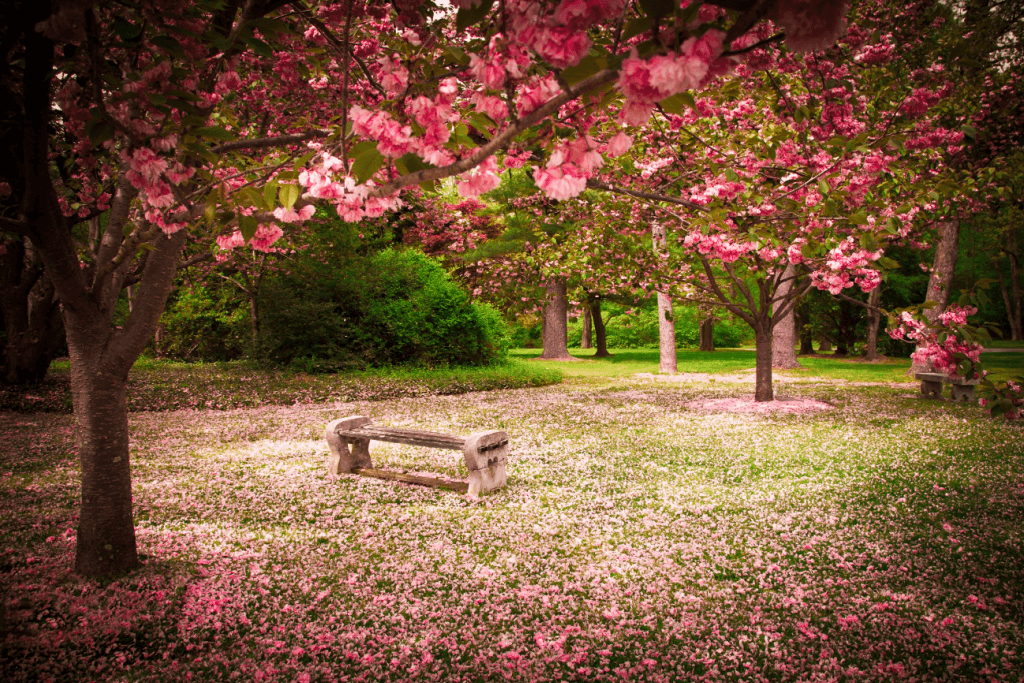
Japanese proverbs and language refer to cherry blossoms, demonstrating their importance to Japanese culture. A variety of words describes many springtime phenomena in Japan in the Japanese language. We hope you liked reading about some of the spring terms and will try to use them yourself.
Are there any cherry blossom words missing from this vocabulary workshop? How do you celebrate the coming of spring in your country? Let us know in the comments below!

